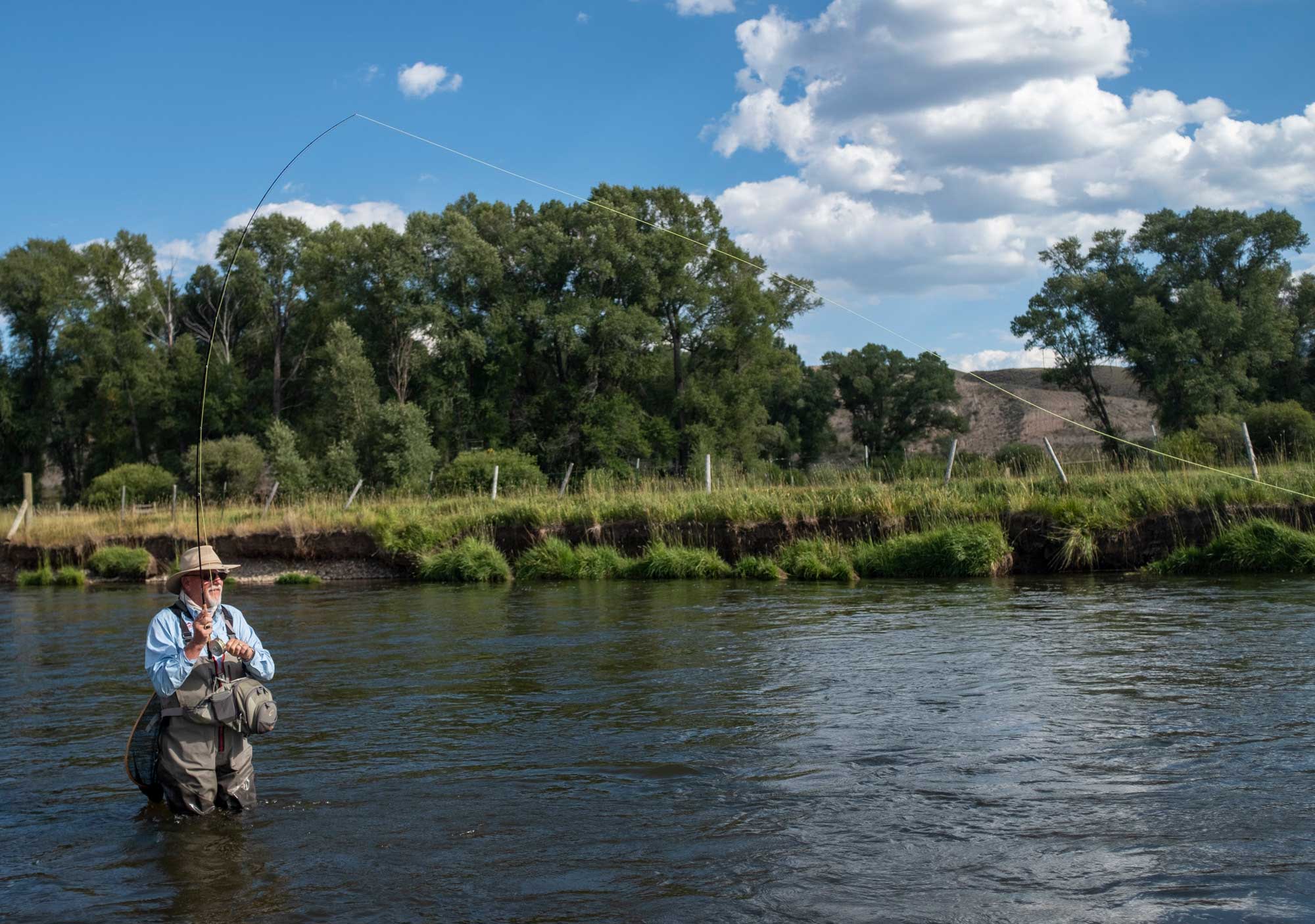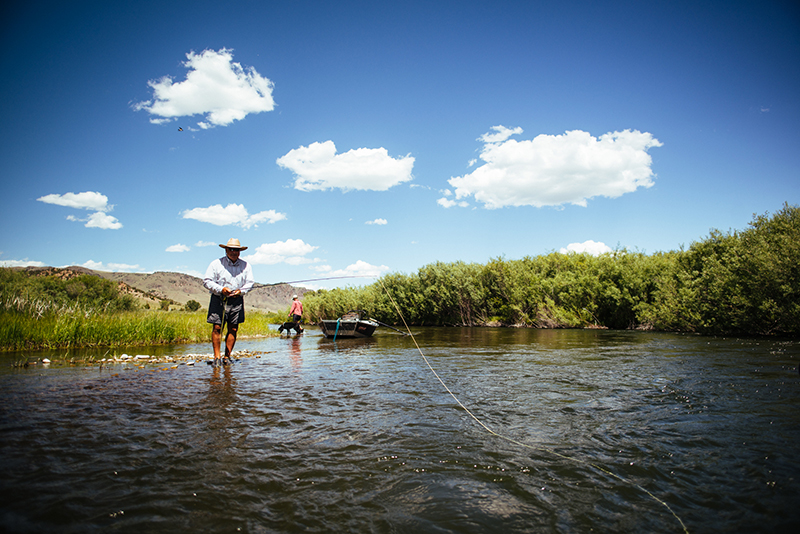We bring the therapeutic healing of fly fishing to our nation’s heroes. Through our network of over 400 local chapters nationwide, Trout Unlimited partners to serve and engage local first responder and military communities through fishing, conservation, and the sustaining support of the TU community.
Trout Unlimited’s 400 nationwide chapters and 300,000 grassroots members and supporters bring our mission to life — creating thriving communities of anglers and conservationists across the country.

The TU Service Partnership grew from an idea that began with our chapters in the early 2000s, with a dozen or so actively working with partner groups to reach out to veterans within their community. Quickly, both the volunteers and veterans involved realized we had something special, and these early efforts have grown into a national initiative that involves nearly all TU chapters reaching thousands of veterans annually. During the early days of the pandemic, the program evolved to incorporate the efforts of our volunteers directly engaging first responders, in addition to veterans and active duty military.
TU is the volunteer workforce for many dozens of organizations that are set-up to engage specific affinity groups through fly fishing. Our partners are often set-up to execute one-off events with the goal of providing healing or a connecting, safe community to participants.
They answered the call of duty.
Now it’s our turn.
Yet, we know that fly fishing has a very high barrier to entry. It is expensive, intimidating and hard to learn. Far too often participants (veterans, first responders and others) get a great one-time experience and never return to the sport or connect to conservation.
That is what sets the TU chapter apart and makes the TU Service Partnership so critical. It is a community—there to break down barriers with loaner rods, additional casting clinics, fishing friends and mentors. Additionally, the TU chapter becomes a network for participants and a welcoming, inclusive community. The TU chapter is a place where friends are made; where someone comes to learn fly tying, roll casting and the thrill of a strike, and then returns to teach it to new members. It is a place where a passion is born and a commitment to conservation is fostered.
The TU Service Partnership is the banner under which TU volunteers work with partners to serve our community heroes. We provide training, support and connections to ensure that TU volunteers are resourced to effectively provide participants with the transformative power of cold, clean water and the healing power of fly fishing. All participants in the Service Partnership are provided with complimentary, one-year TU memberships.


